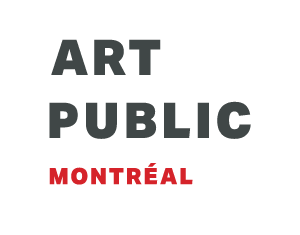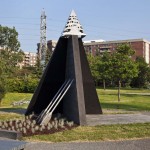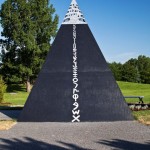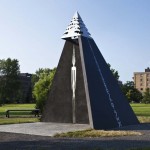
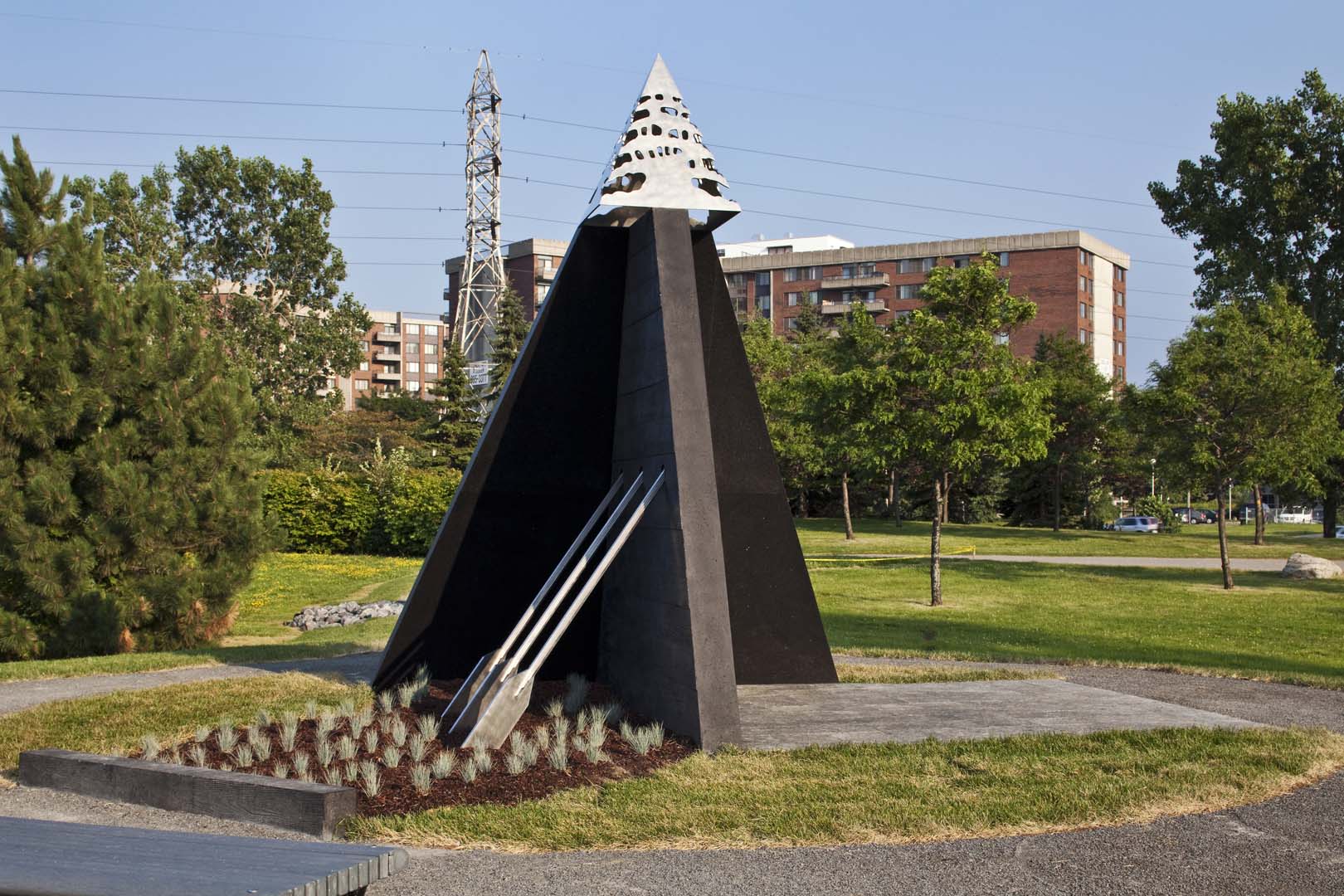
Gilles Mihalcean has been a self-taught sculptor since 1969. Though he spent a bit of time teaching at the Université Laval, he has devoted himself to his art since 1972.
As well as working on monumental pieces for public art projects and to integrate art to architecture, he also regularly presents his work in collective and special exhibitions. Since 1980, he has been one of the major names in the resurgence of sculpture. His work was showcased at the Musée d’art contemporain de Montréal (1988) for contemporary sculpture exhibits and at The Power Plant in Toronto (1988). As a solo artist, his art was showcased in Montreal galleries and art centers (René Blouin, Chantal Boulanger, Roger Bellemare and Circa) as well as Canadian ones (Southern Alberta Art Gallery) and in New York (49th Parallel, Centre for Contemporary Canadian Art). In 1995, the Musée d’art contemporain de Montréal dedicated a retrospective exhibit to him, and was recently on display at the Musée d’art de Joliette (2007).
Mihalcean’s sculptural work is deeply lucid and leads us to more lurid and critical pieces. Time is a fundamental aspect of his art; may it be the time needed by the creator, the time token by the spectator when observing the piece and the time absorbed by history – visible in nearly all his art.
Mihalcean is known for his pieces filled with conceptual dichotomies which lead the observer to reflect. His pieces are often tripartite and the meaning that somebody could find in the close proximity between two elements is often shattered by the third. This principle is supported by the use of contrasting materials and many interrelationships. It also isn’t rare that the artist invite spectators to touch his sculptures and feel them in order to better understand them.
Artwork description
The artist chose a dalet, a triangular Phoenician grapheme that also means “door,” as the basis for his tribute to the Lebanese community of Montréal. This letter, which combines several highly symbolic elements, was used to provide a permanent memory of the first Lebanese to set foot in Montréal, presented in Parc Marcelin-Wilson, a public space in heavy use by this community.
In the form of an open pyramid formed of granite slabs integrated with a plant bed and a footpath, Daleth presents three tableaux. On one side, a road in perspective leads toward the top of a triangular mountain, at the summit of which is a cedar tree, the emblem of Lebanon. This road is the symbol of peddling, the trade practised by the first Lebanese in Montréal and a gateway to the encounter of diverse cultures that is immigration. On the second face, three oars emerging from the granite structure refer to the history of the Phoenicians, ancestors of the Lebanese, who used boats to conduct their trade in cedar wood. On the third face are the 22 graphemes of the Phoenician alphabet, one of the earliest writing systems.
Mihalcean’s artwork is understood as a profusion of symbols that give rise, in the end, to the viewer’s personal appropriation of the artwork’s meaning. Thus, by the inclusion of various key elements of Lebanese culture and history, Daleth offers a number of perspectives through which to commemorate the first contingent of Lebanese to arrive in the region.
